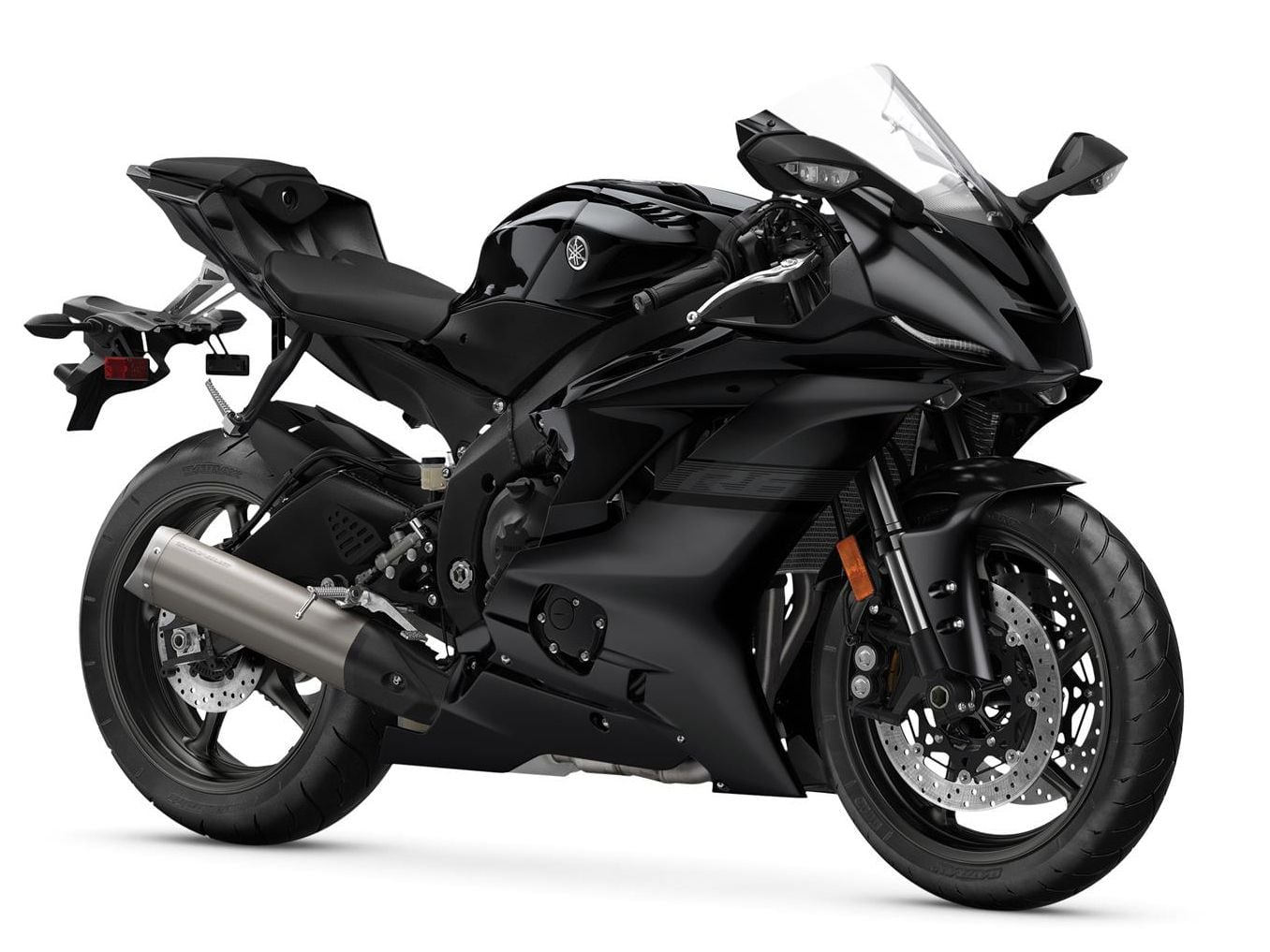Absolutely! Here’s a comprehensive article about the Yamaha R6, structured as you requested with headings (
and
) instead of list items:
The Yamaha R6, a name synonymous with high-performance middleweight sportbikes, has captivated riders worldwide for decades. Its razor-sharp handling, potent engine, and striking aesthetics have cemented its place as a legend in the motorcycling world. This article delves into the R6’s history, technical specifications, riding experience, and legacy.

The R6’s journey began in 1999, born from Yamaha’s desire to create a motorcycle that excelled on both the street and the track. It was designed to fill the gap between the more docile YZF600R and the fire-breathing YZF-R1.
The First Generation (1999-2002): Setting the Stage
The original R6 was a revelation. It featured a high-revving 599cc inline-four engine capable of producing over 120 horsepower, a lightweight aluminum frame, and aggressive styling inspired by its larger R1 sibling. Its defining characteristic was its stratospheric redline, reaching an astonishing 15,500 RPM, a feat considered radical for its time. This willingness to rev made it a thrilling ride, demanding a skilled rider to truly exploit its potential.
The Second Generation (2003-2005): Refinement and Power
Yamaha refined the R6 in 2003, improving its aerodynamics, engine performance, and handling. The engine received updates to boost mid-range power, making it more tractable on the street. The chassis was also tweaked, resulting in even sharper handling. This generation solidified the R6’s reputation as a track-focused machine.
The Third Generation (2006-2016): The Radical Revolution
The 2006 R6 marked a significant leap forward. It featured a completely redesigned engine with Yamaha Chip Controlled Throttle (YCCT) and Yamaha Chip Controlled Intake (YCC-I), further enhancing power delivery and responsiveness. Its styling became even more aggressive, with a more compact fairing and a distinctive under-seat exhaust. This generation’s redline was pushed even higher. The 2008 model year recieved the Yamaha Chip Controlled Ignition (YCC-I).
The Final Generation (2017-2020): Technological Advancements

The final iteration of the R6, introduced in 2017, brought a host of electronic advancements, including traction control, a quick shifter, and an updated ABS system. Its styling was also revised, taking cues from the flagship R1, with a more aerodynamic fairing and a striking LED headlight. However, due to tightening emissions regulations, Yamaha discontinued the R6 for street use in 2020, though a track-only version remains available.
The R6’s performance is a product of its meticulously engineered components.
Engine and Performance
Inline-Four Engine: The heart of the R6 is its high-revving 599cc inline-four engine, known for its exceptional top-end power.
Chassis and Handling

Lightweight Frame: The R6’s lightweight aluminum frame provides exceptional rigidity and agility.
Electronics and Technology
Traction Control: Adjustable traction control helps prevent wheel spin and improve stability.
Riding the Yamaha R6 is an exhilarating experience. Its lightweight chassis and sharp handling make it incredibly agile, allowing riders to carve through corners with precision. The high-revving engine delivers a surge of power that is both thrilling and addictive.
Track Performance
The R6 excels on the track, where its high-revving engine and razor-sharp handling can be fully exploited. Its ability to change direction quickly and hold a tight line makes it a formidable track weapon. The electronic rider aids further enhance its track performance, allowing riders to push their limits with confidence.
Street Riding
While the R6 is primarily designed for the track, it can also be enjoyed on the street. However, its focused nature means that it is less comfortable for long rides and low-speed maneuvers. The high-revving engine requires constant gear changes to keep it in its powerband, which can be tiring in traffic.
Ergonomics
The R6’s ergonomics are designed for aggressive riding, with a low handlebar and high footpegs. This riding position puts the rider in a forward-leaning stance, which is ideal for track riding but can be uncomfortable for extended periods on the street.
The Yamaha R6 has left an indelible mark on the motorcycling world. Its influence can be seen in the design and performance of other middleweight sportbikes. It has also played a significant role in the development of track riding and racing.
Racing Success
The R6 has achieved considerable success in racing, winning numerous championships in various classes, including the World Supersport Championship. Its racing pedigree has contributed to its popularity among track enthusiasts.
Cultural Impact
The R6 has become an icon of sportbike culture, admired for its performance, style, and heritage. It has been featured in numerous movies, TV shows, and video games, further cementing its status as a legend.
Rider Development
The R6 has served as a stepping stone for many aspiring racers, providing them with a platform to hone their skills. Its demanding nature and precise handling make it an excellent tool for rider development.
The Yamaha R6, despite its discontinuation for street use, remains a timeless machine. Its blend of high-performance, sharp handling, and iconic styling has made it a favorite among riders worldwide. Whether on the track or the street, the R6 delivers an exhilarating riding experience that is hard to match. Its legacy as a legendary sportbike will continue to inspire riders for generations to come. Though the street legal version is gone, the track focused version continues to provide the intense riding experience that has made the R6 so popular.
